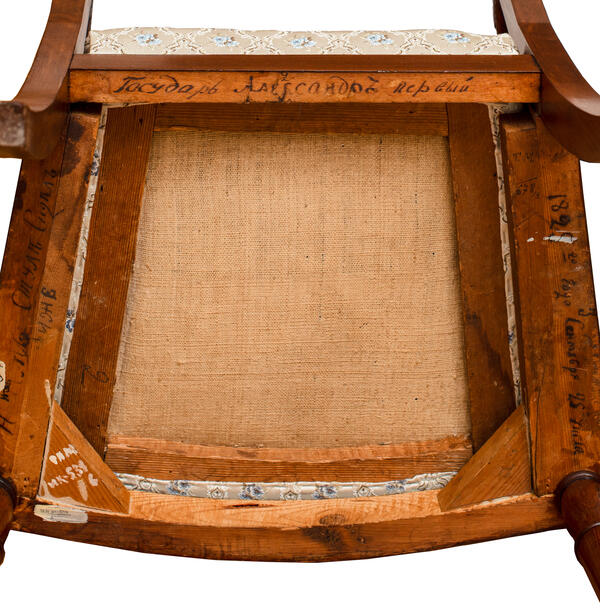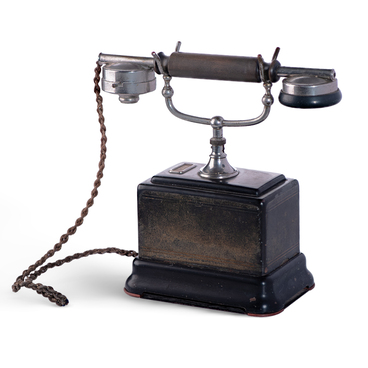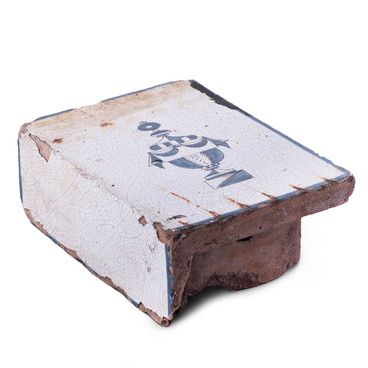The Empire armchair with carved armrests shaped like griffins was part of a furniture set that belonged to the Emperor Alexander I and his wife Empress Elizabeth Alexeievna. They arrived in Taganrog in September 1825. Their visit opened a new chapter in the history of the city. The royal residence was located at 40 Grecheskaya Street. It was chosen by Alexander I as the city’s finest house.
The restoration project was designed by the court architect Iosif Ivanovich Charlemagne. According to historical accounts, the furnishings at the Taganrog palace were modest, and the tsar himself contributed to the planning and arrangement of furniture.
In late October 1825, Alexander I traveled to Crimea. During his journey, he became seriously ill and developed symptoms of fever. Despite the efforts of court physicians, the emperor’s condition continued to deteriorate, and on November 19, 1825, he passed away. After her husband’s death, Empress Elizabeth Alexeievna stayed in Taganrog until April 22, 1826. Before leaving, she expressed a wish to purchase the residence where her husband had spent his final days.
The palace was acquired from the city of Taganrog for 52,000 rubles and passed under the control of the Ministry of the Imperial Court. Upon the initiative of Elizabeth Alexeievna, the first memorial museum dedicated to Alexander I was established there.
Prince Pyotr Mikhailovich Volkonsky played an important role in all matters related to purchasing the house and preserving its furnishings. He compiled an inventory of the furniture and other items left inside after the Empress’ departure from Taganrog. According to this inventory, the armchair with griffins was part of a set that belonged to the drawing room of Elizabeth Alexeievna.
The memorial museum operated until 1927. In 1931, the Taganrog City Council ordered to arrange communal apartments in the house where Emperor Alexander I had spent his final months. All the draping, carpets, and wallpapers were destroyed, and the furniture was either sold or transferred to the city museum where some of the palace’s furnishings have been preserved to this day.


